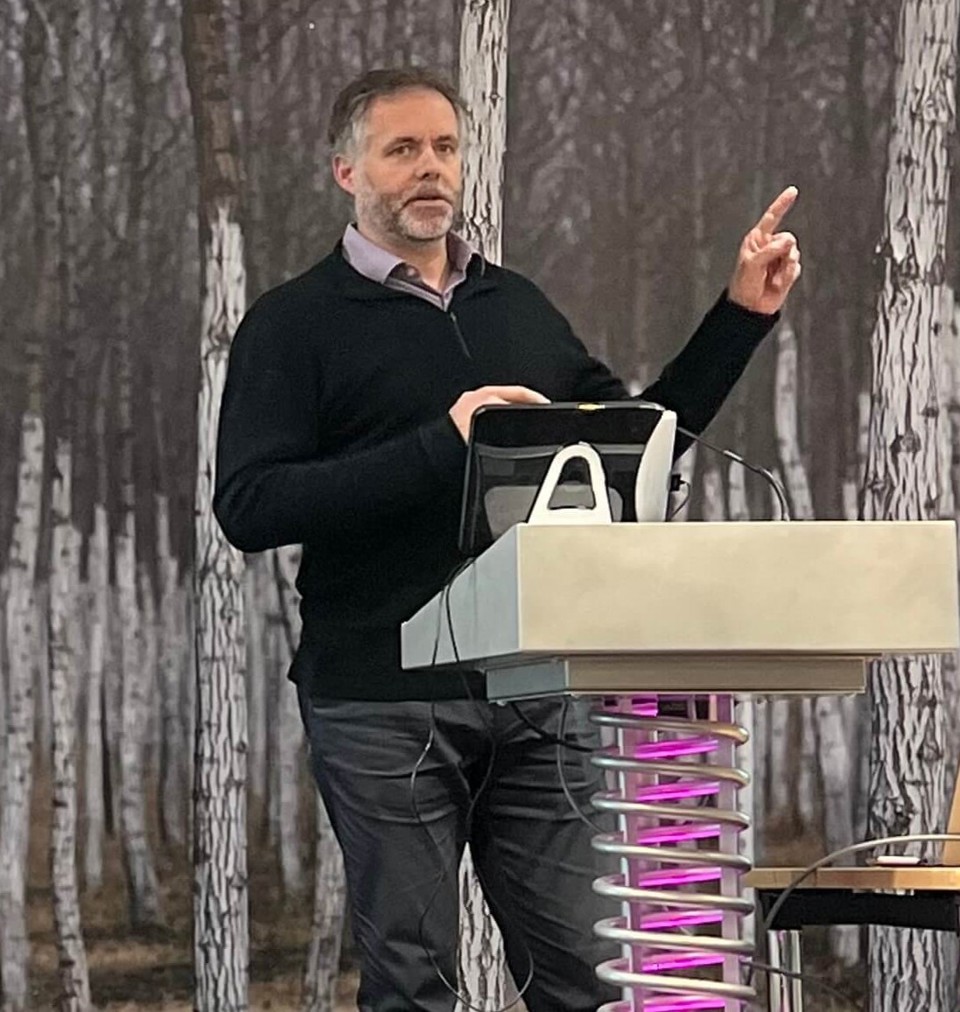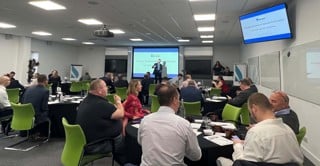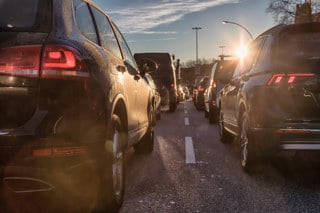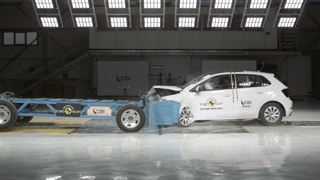The best technology to reduce crashes and protect drivers depends on the safety systems a vehicle has, the type of crash and different road types, TRL says.
Although tempting to pick a single technology, Shaun Helman, chief scientist, behavioural sciences at TRL, said it is more complicated than that.
“You need to talk to people about the types of crashes you’re having and the risk exposure you have – that is critical,” said Helman.
“All vehicle technologies can be beneficial, but it depends on the risk profile that your fleet is exposed to in terms of driving and road types.”
Over the last decade, TRL has worked on helping the European Commission (EC) push through General Safety Regulations (GSR) for new vehicles.
The new safety measures will help to better protect passengers, pedestrians and cyclists across the EU and is expected to save over 25,000 lives and avoid at least 140,000 serious injuries by 2038.
TRL researched what the best package technology should be on new vehicles sold in the European Union (EU).
For the first part of the study, TRL reviewed a pool of around 15 technologies, including active safety systems, secondary safety systems and driver interface systems.
From this, 24 measures were taken forward into the second project where they were assessed for how they would best fit together as a package of measures.
For fleets, telematics and driver monitoring systems are a good baseline and could potentially provide a 20% reduction in crashes, said Helman, but the evidence base is sparse.
Helman discouraged ‘fitting and forgetting’ technology and urged fleets to use systems with relevant outputs.
“If in doubt, make sure you’ve got vehicle speed – that’s an important predictor of speeding, and provide management and feedback based on the data,” he added.
“Don’t just rely on the system that shows the light to the driver in the cab. It’s much more effective to be using the data and actively managing performance.”
“The biggest recommendation I can give is make sure you’re managing drivers from the data you collect,” Helman said.
 “Most driver education that focuses on driver training, for example, skill on handling the vehicle, knowledge of the Highway Code, raising awareness of risk with your drivers – there’s no evidence it works.
“Most driver education that focuses on driver training, for example, skill on handling the vehicle, knowledge of the Highway Code, raising awareness of risk with your drivers – there’s no evidence it works.
“The only important driving skill I would lay my career on is hazard anticipation, the hazard perception. That’s the skill you want to be focusing on.
“In addition to that, you want to be looking at your policies to minimise these behaviours so that you have drivers who are applying whatever skill they have in a much more sensible way.”
Leadership and clear communication are also key to reducing risk, Helman added, and advised that fleets manage driving risk like any other health and safety risk.
He said: “Adopt the plan/do/check/act approach, thinking about the risks specific to your business.
“Collect enough data to monitor those leading indicators of risk and in the absence of anything else, reduce exposure and then reduce driving under those key risk factors, such as tiredness, distraction and time pressure.”
He also recommended that fleets work with a ‘safe system’ approach.
“A safe system approach is where you assume that people are going to make bad decisions and you assume even that when they're trying not to do that, they're going to make mistakes.
“It's about safe vehicles, speeds and roads and all the other things that go around that and in thinking that way, can give you a better chance of reducing risk.”
Helman also encouraged fleets to procure vehicles that meet the GSR as soon as they can.
Thatcham Research, in partnership with What Car?, has revealed the safest new cars available in 2023.
























Login to comment
Comments
No comments have been made yet.